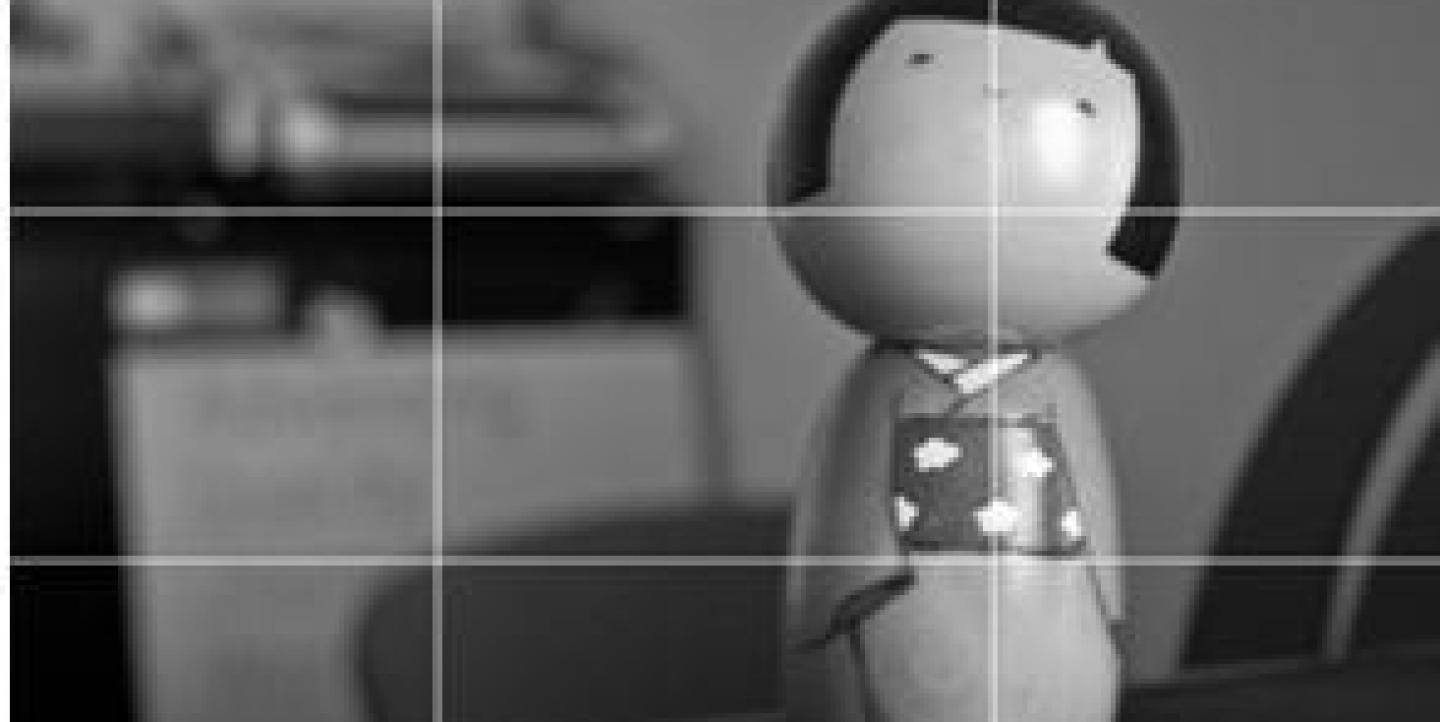For budding photojournalists, documentary filmmakers or those just getting familiar with a camera, here are a few tips on framing the perfect shot for video or photos. It's the first in a four-part IJNet series for journalists on shooting videos and photos.
Rule of thirds
If you divide the frame into three parts from left to right and up and down, you have created the basic rule of thirds grid. It looks like a tic-tac-toe board.
The rule of thirds says that each shot will be more interesting if you put the most important part of the shot near an intersection. At first, it may seem a little strange not putting the focus of the shot in the center, but moving it to an intersection of thirds line will actually help a viewer find the focus you want them to see. If you cannot put your focus on the intersection of a two-thirds line, then a good place is along a single line. Getting a viewer to look at what you want them to is an important part of communicating a visual message. The rule of thirds is a great way to control the viewer’s eye. It’s also important not to have too many focal points in a shot. There are four intersections in the rule of thirds grid, but you should rarely use more than two.
Some good things to put on an intersection or a thirds line include eyes, hands, the vanishing point, signs and a noticeable moving object (for video).
Room
There are lots of rooms in framing a shot - head room, chin room and look room are a few of them. The basic point of all of them: if you cut off part of a person with the frame edge, then the viewer will feel like the shot is incomplete.
Head room is the space above a person’s head in the frame. You need to keep some space above their head unless the shot is so close that the subject’s head cannot fit within the frame.
Chin room is the space below someone’s chin in the frame. A head that gets cut off at the neck looks lost in space. It is often better to think of this as shoulder room, because that is what you really want to include. A little bit of shoulder will help tie your subject’s head to their body and create a more natural looking shot.
Look room is the space in the frame created when a subject looks to the side. The further a person’s head turns left or right, the more look space the shot needs.
A good rule is to keep the subject's nose in the middle of the frame. If the shot has too much look space, the frame will look off balance. If it has too little, the frame will create the horror movie effect that says, “Someone is behind you.”

